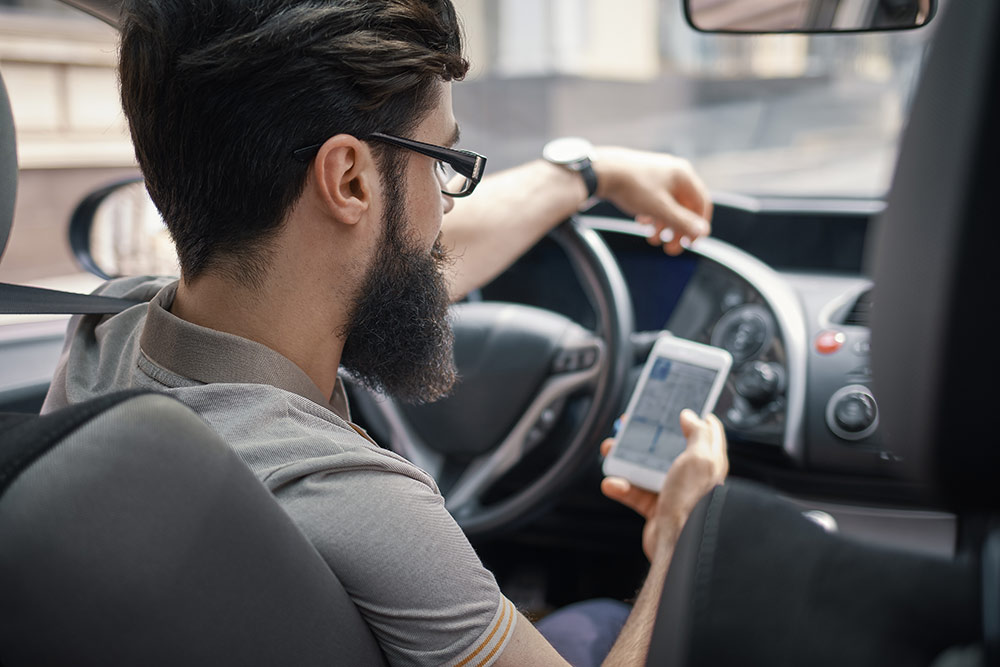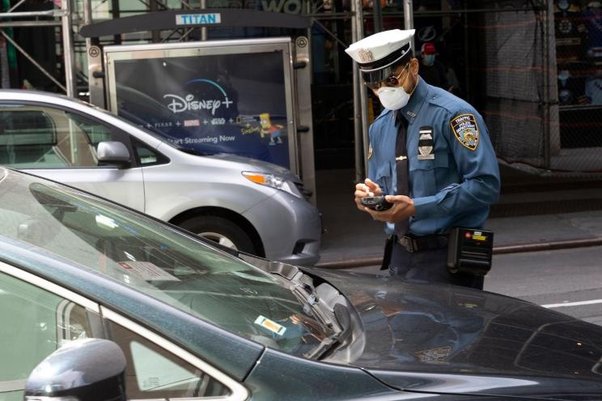The ubiquity of cell phones necessitates stringent regulations to mitigate their impact on road safety. New York City, known for its dense traffic and bustling streets, has instituted specific laws governing cell phone use while driving to enhance public safety. The inception of cell phone use regulations in NYC dates back to the early 2000s and reflects the growing issue of driver distraction. Legislative milestones, such as the 2001 ban on handheld devices, mark pivotal points in the evolution of these laws.
Regulations and Enforcement
In NYC, drivers are prohibited from using handheld mobile devices while the vehicle is in motion. This includes talking, texting, and browsing. However, using hands-free devices remains permissible, provided it does not detract from the driver’s focus. Enforcement of cell phone use laws in NYC is rigorous. Law enforcement agencies utilize both direct observation and technological aids to identify violators. Officers often set up checkpoints and employ spotters to catch drivers in the act. Penalties for infractions include substantial fines and points on the driver’s license, escalating with repeated offenses. First-time offenders can expect a fine, while repeat violators face higher penalties and potential license suspension.
Certain exceptions to the ban exist. Drivers can use mobile devices in emergencies, such as reporting accidents or crimes. Specific professionals, including law enforcement officers and emergency responders, may also use handheld devices during duty. These exceptions recognize the necessity of communication in critical situations. NYC’s laws are among the strictest in the United States and aim to reduce distractions. It is essential to understand what Traffic Violations NYC are.
Impact and Technological Solutions
Statistics highlight the danger of cell phone use while driving, with numerous accidents attributed to distracted driving. These laws aim to alter driving behavior, encouraging safer practices. Studies have demonstrated that drivers using handheld devices are at a much higher risk of being involved in traffic accidents. The human brain’s inability to effectively multitask, especially in high-stakes environments like driving, is a key reason behind these laws. Government bodies and non-profit organizations run extensive campaigns to educate the public about the dangers of distracted driving. Public service announcements, school programs, and community events all contribute to raising awareness.
Hands-free devices, such as Bluetooth headsets, offer a legal alternative for drivers. These devices allow drivers to keep their hands on the wheel and their eyes on the road. Emerging technologies, including voice-activated controls and advanced vehicle-integrated systems, are gaining legal acceptance and support. Voice-activated controls enable drivers to make calls, send messages, and use navigation systems without taking their hands off the steering wheel. Technological advancements may prompt revisions to existing laws, potentially leading to more stringent regulations or adopting new, innovative solutions. The interplay between technological progress and legislative frameworks will define the future of driving safety. As cars become more advanced, integrating features that help reduce distractions, the laws will likely evolve to accommodate these innovations. Understanding the specifics of a Cell phone ticket NYC is crucial for all drivers.
Driving Toward a Safer Future
Adhering to these laws and understanding their implications allows drivers to contribute to safer roadways in New York City. Reducing distracted driving is critical in decreasing accidents and enhancing public safety. Embracing new technologies and supporting public awareness campaigns are vital in this ongoing effort to create a safer driving environment. The future of road safety in NYC depends on the continued cooperation between lawmakers, technology developers, and the public. As new technologies emerge and driving habits change, the city will need to adapt its regulations to ensure they remain effective. Prioritizing the well-being of all road users is essential in fostering a responsible driving culture.




